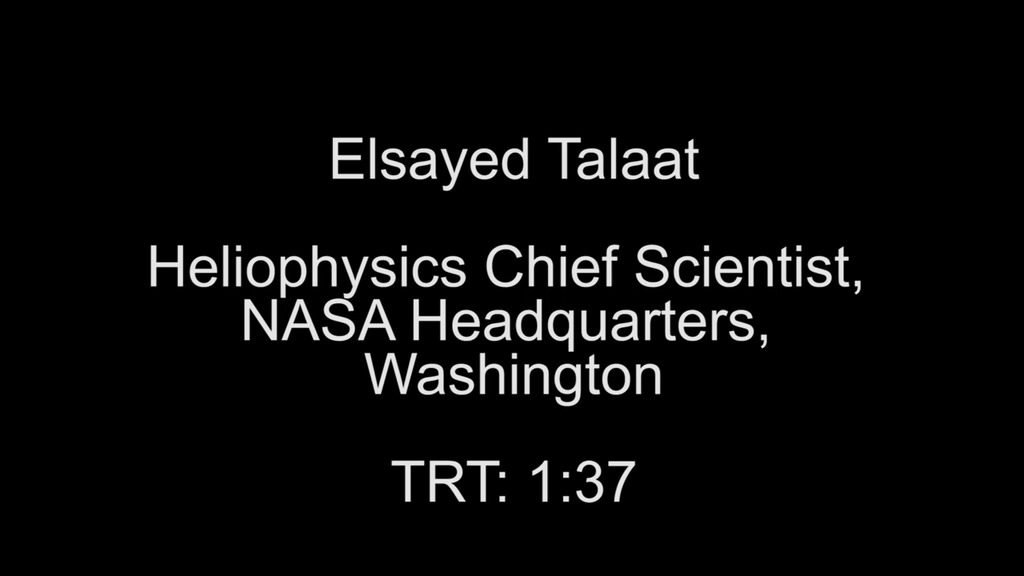GOLD on SES-14 Animation
Animation depicting GOLD on the SES-14 satellite in transit to geostationary orbit. Credit: NASA GSFC/CIL/Chris Meaney
The Global-scale Observations of the Limb and Disk (GOLD) mission is part of the NASA Explorers Program. GOLD is at the forefront of exploring and understanding near-Earth space, which is home to astronauts, radio signals used to guide airplanes and ships, and satellites that provide our communications and GPS systems. The more we understand about this region, the more we can protect our assets in space.
GOLD is the first NASA mission to fly as a hosted payload on a commercial communications satellite. GOLD is onboard on the SES-14 satellite.
Launch date: January 25, 2018
Launch location: Guiana Space Center in Kourou, French Guiana
Launch vehicle: Arianespace Ariane 5 rocket
Mission target: Earth’s ionosphere and thermosphere
Mission duration: 2-year nominal mission at geostationary orbit; extended mission possible
Credits
Please give credit for this item to:
NASA's Goddard Space Flight Center Conceptual Image Lab
-
Animator
- Chris Meaney (KBR Wyle Services, LLC)
-
Technical support
- Aaron E. Lepsch (ADNET Systems, Inc.)
Release date
This page was originally published on Wednesday, January 24, 2018.
This page was last updated on Wednesday, May 3, 2023 at 1:47 PM EDT.

![Complete transcript available.Music credits: 'Faint Glimmer' by Andrew John Skeet [PRS], Andrew Michael Britton [PRS], David Stephen Goldsmith [PRS], 'Ocean Spirals' by Andrew John Skeet [PRS], Andrew Michael Britton [PRS], David Stephen Goldsmith [PRS] from Killer Tracks.Watch this video on the NASA Goddard YouTube channel.](/vis/a010000/a012800/a012817/GOLDOverview_YouTube.00001_print.jpg)
![Watch this video on the NASA Goddard YouTube channel.Music credits: “Set in the Sky” by Nicholas Smith [PRS]; “Constant Motion”, “Future Now”, and “Currents” by Ben Niblett [PRS] and Jon Cotton [PRS]; “Bow Down To Me” by Max Cameron Concors [ASCAP] and Victoria Faith Beaumont [PRS]; “Moto Perpetuo” by Laurent Dury [SACEM]. Aurora imagery is used with permission. Aurora credits in order of appearance: Neil Zeller, Randell Sean Inoc, Xicao Liu, Bill Dunford, Shelley Tonkin, Alistair Luckman, Shane Turgeon, Kimberly Sibbald, Kylie Reid, Adam Block, Darius Yeoh, William Hudson, Quinn Keon.](/vis/a010000/a014800/a014835/MayStormsThumbnail.jpg)